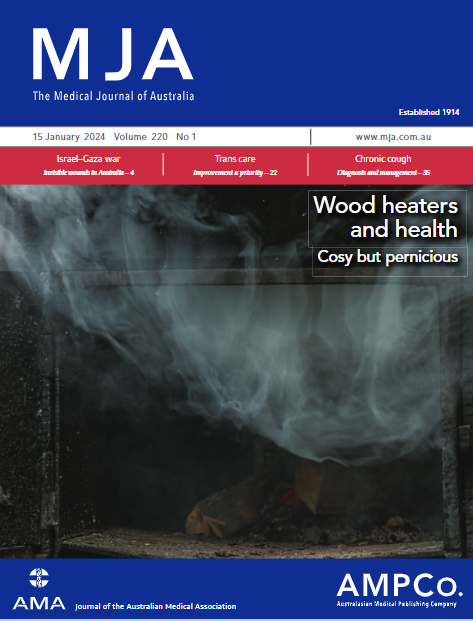Women who experience heavy menstrual bleeding: prevalence and characteristics from young adulthood to midlife, Australia, 2000–2021: a longitudinal cohort survey study
Abstract
Objectives
To estimate the prevalence of heavy menstrual bleeding among Australian women from young adulthood to midlife (22–48 years) and investigate the characteristics of women who experience this condition; to investigate the relationship of heavy menstrual bleeding and health-related quality of life.
Study design
Longitudinal cohort survey study (Australian Longitudinal Study on Women's Health, ALSWH).
Setting, participants
Australia; baseline cohort of 14 247 women born during 1973–1978, recruited in 1996; eight post-baseline surveys undertaken at 3-year intervals, 2000–2021.
Main outcome measures
Self-reported frequency of heavy menstrual bleeding during the preceding twelve months (never/rarely, sometimes, often); frequency of heavy menstrual bleeding by socio-demographic, behavioural, health, and reproduction-related characteristics; mean physical and mental health-related quality of life scores (36-item Short Form health survey, SF-36) by frequency of heavy menstrual bleeding. Results are weighted to adjust for oversampling of participants from rural and remote areas.
Results
Data for 11 311 respondents to at least one ALSWH post-baseline survey were included in our prevalence analysis. The prevalence of sometimes or often experiencing heavy menstrual bleeding increased from 17.6% at age 22 years (124 of 691 respondents) to 32.1% at 48 years (359 of 1132 respondents); the proportion who reported often experiencing the condition increased from 6.1% (45 participants) to 12.1% (136 participants). The likelihood of often experiencing heavy menstrual bleeding increased with body mass index (40 kg/m2 or greater v 18.5–24.9 kg/m2: risk ratio [RR], 2.27; 95% confidence interval [CI], 1.93–2.67), and was greater for respondents who reported low iron levels (RR, 2.26; 95% CI, 2.03–2.51) or endometriosis (RR, 2.29; 95% CI, 2.06–2.54). Similar associations were seen for sometimes experiencing heavy bleeding. Mean health-related quality of life scores for women who reported heavy menstrual bleeding were lower in all domains and for the summary mental health and physical health scores than for women who reported never or rarely experiencing the condition; the differences were greater for women who often experienced heavy menstrual bleeding.
Conclusions
Heavy menstrual bleeding was reported by large minorities of women of reproductive age, and the proportion increased with age. Many women experience symptoms that have a substantial impact on their physical and mental health-related quality of life.


 求助内容:
求助内容: 应助结果提醒方式:
应助结果提醒方式:


